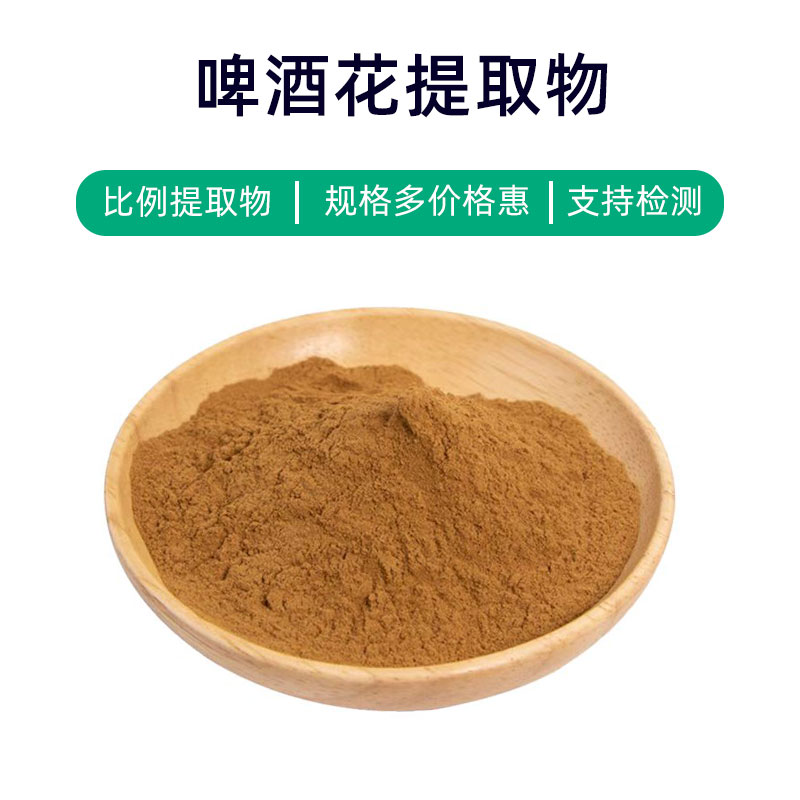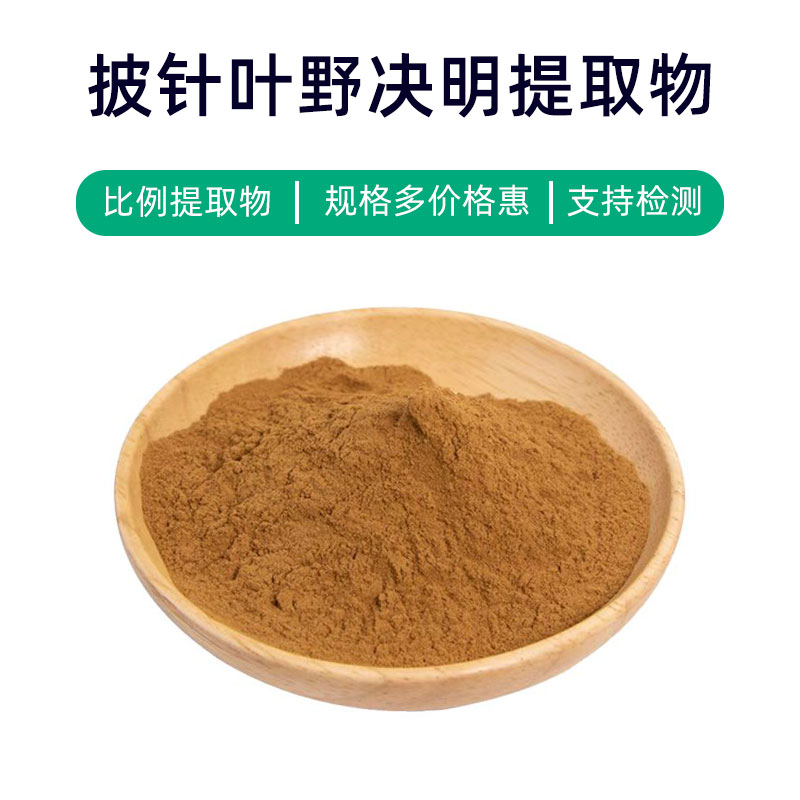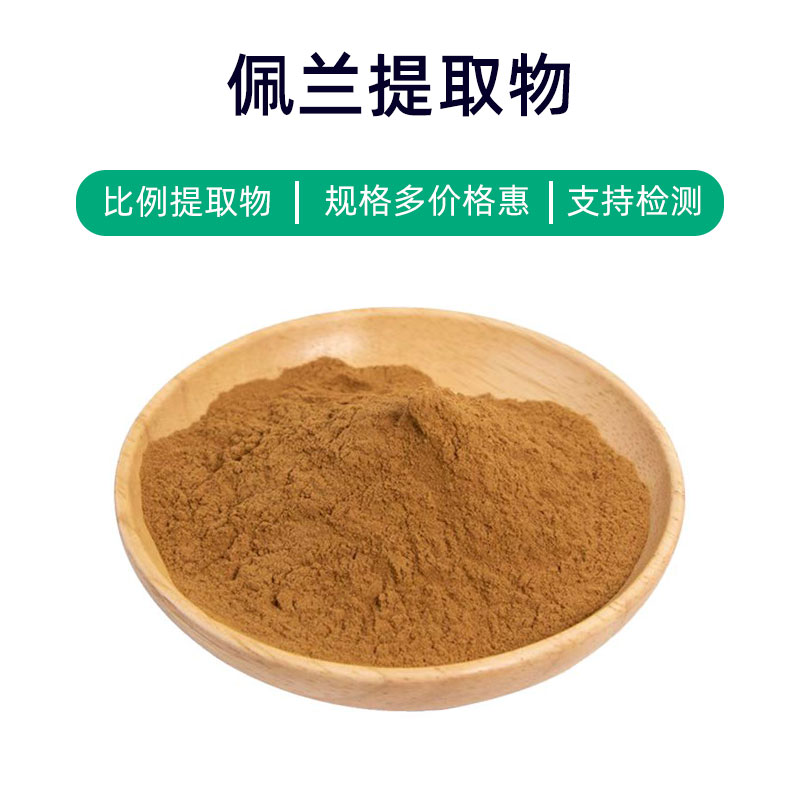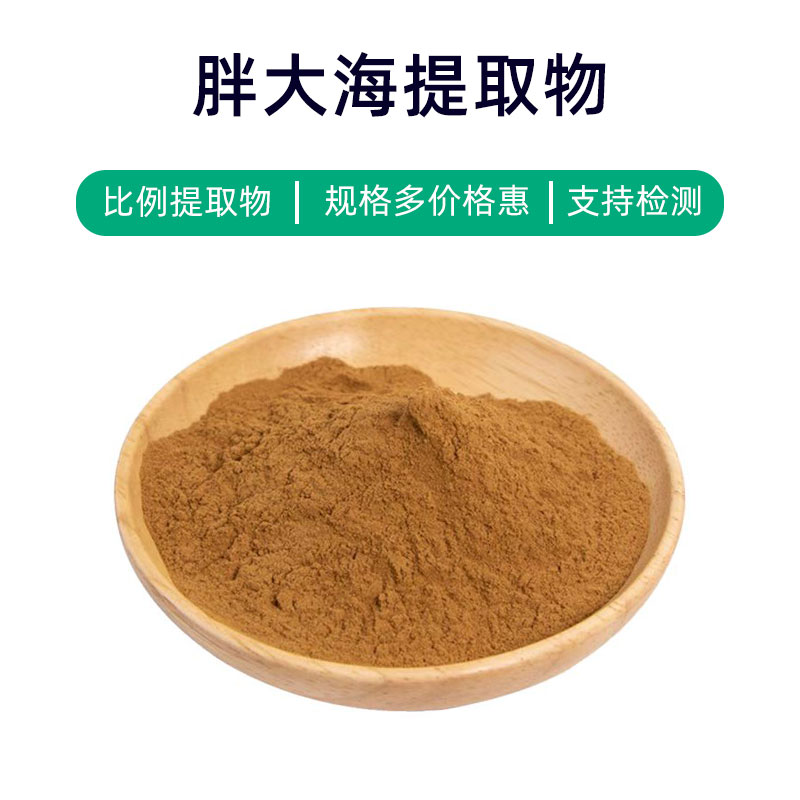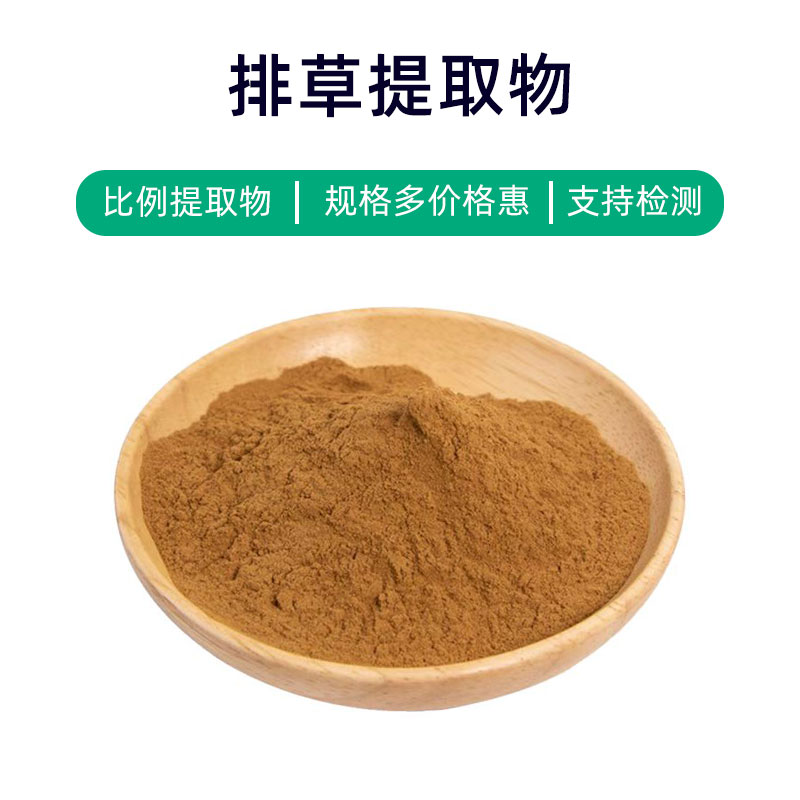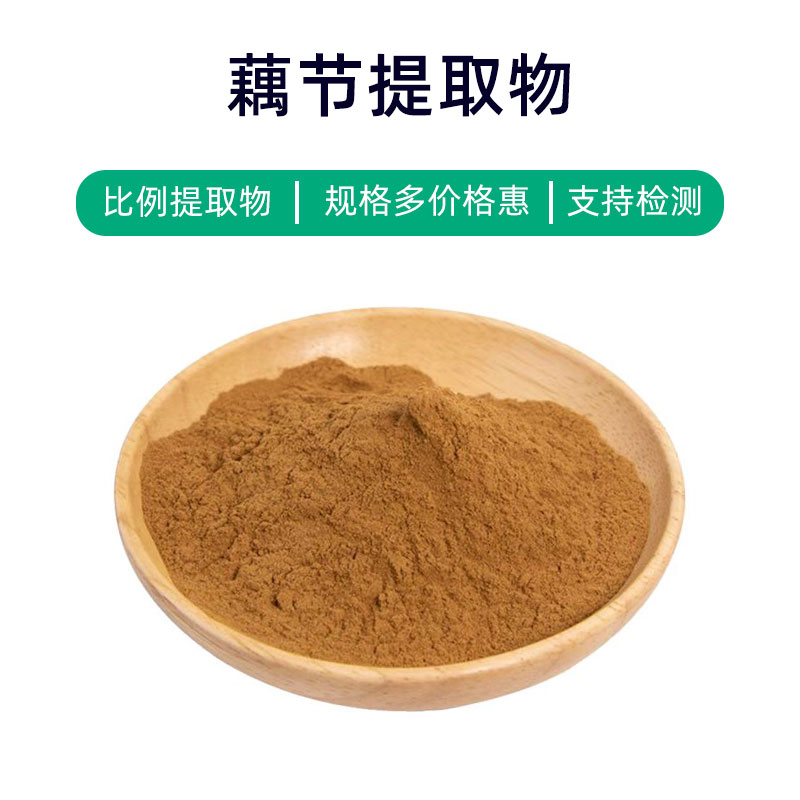Introduction to Centella Asiatica Extract
Centella Asiatica extract is a natural plant extract derived from the whole plant of Centella Asiatica. Its main components include flavonoids, polysaccharides, and essential oils. The extract has various benefits, primarily including clearing heat and detoxifying, stopping bleeding, and reducing swelling. In the pharmaceutical field, it is widely used to produce medicinal slices and agents for treating fever, cough, inflammation, and other symptoms. Additionally, Centella Asiatica extract can be used as a food additive, enhancing the nutritional value and functionality of food, such as in teas and health products. In cosmetics, it is utilized as an ingredient in skincare products and masks, providing soothing, anti-inflammatory, and antioxidant benefits that help improve skin condition and maintain skin health. As a natural plant extract, Centella Asiatica has broad application prospects across various fields and is increasingly favored by consumers.
Manufacturing Process of Centella Asiatica Extract
The production process of Centella Asiatica extract typically involves the following main steps:
- Raw Material Preparation: Select fresh, dried Centella Asiatica as extraction material, perform initial cleaning and screening to remove impurities.
- Crushing and Grinding: Crush or grind the cleaned Centella Asiatica to increase extraction efficiency and ensure the homogeneity and stability of the extract.
- Extraction Process: Use suitable extraction solvents (such as ethanol, water, etc.) to extract from the crushed Centella Asiatica. Common extraction methods include steeping and reflux extraction to extract active components from the herb.
- Filtration and Concentration: Filter the obtained herbal solution to remove residue and impurities, then use concentration techniques (such as vacuum concentration, spray drying, etc.) to concentrate the solution into a syrup or powder.
- Refinement and Purification: Refine and purify the concentrated liquid or powder to increase the product's purity and activity. Common methods include crystallization, gel filtration, and molecular sieving.
- Drying and Packaging: Dry the refined Centella Asiatica extract to reduce moisture content, then package it. Common packaging forms include aluminum foil bags and sealed bottles to ensure product quality and stability.
- Quality Control: Throughout the production process, strict quality control must be conducted at each stage, including raw material inspection, monitoring of the production process, and testing of the final product to ensure compliance with quality standards and regulatory requirements.
The above is a common production process for Centella Asiatica extract, which can be adjusted and optimized based on product requirements and production scale.
Effects and Side Effects of Centella Asiatica Extract
Centella Asiatica (scientific name: Herba cum Radice Elsholtziae) is a common medicinal herb whose extract is widely used in pharmaceuticals, health products, and cosmetics. The extract has multiple effects and benefits, mainly including:
- Antibacterial and Anti-inflammatory: Enriched with essential oils and flavonoids, the extract has strong antibacterial and anti-inflammatory properties, useful in treating infectious diseases like skin inflammation and respiratory infections.
- Antioxidant: Flavonoids in Centella Asiatica extract possess strong antioxidant activity, capable of scavenging free radicals, reducing oxidative stress damage, and aiding in the delay of aging while boosting immunity.
- Antiallergic: Active components in the extract can suppress allergic reactions, used to relieve allergic diseases such as allergic rhinitis and dermatitis.
- Improving Respiratory Diseases: The extract helps relax bronchial tubes, inhibit bronchial spasms, and promote mucus expulsion, aiding in the treatment of asthma and chronic bronchitis.
- Inhibiting Tumor Growth: Some studies suggest that the active components may inhibit tumor cell proliferation and induce apoptosis in certain tumors.
- Blood Sugar Regulation: Some components of the extract help regulate blood sugar levels, offering supportive treatment for diseases like diabetes.
Centella Asiatica extract is generally considered safe, but it should be used following the guidance of a healthcare provider to avoid excessive or prolonged use which may lead to adverse reactions. Despite its general safety, individual differences and allergic reactions must be noted. If any discomfort arises during use, it should be discontinued immediately, and medical advice sought.
Application Scenarios and Dosage of Centella Asiatica Extract
Centella Asiatica extract has extensive applications in medicine, food, and cosmetics; here are its application scenarios and dosage in different fields:
- Pharmaceutical Field:
- Application Scenarios: Often used in traditional medicinal formulations for treating respiratory diseases, skin inflammation, and allergic diseases.
- Dosage: Oral forms are generally recommended at 3-6 grams per dose, taken three times a day; topical forms can be applied as needed, 2-3 times a day, with specific dosages adjusted per physician recommendations.
- Food Industry:
- Application Scenarios: Used as an ingredient in natural health products, commonly added to health teas and drinks for their antioxidant and antibacterial properties.
- Dosage: Typically used as a food additive; dosage should be reasonably controlled based on product formulas and regulations, usually following production requirements.
- Cosmetology:
- Application Scenarios: Commonly included in skincare products for their soothing, anti-inflammatory, and antioxidant effects, suitable for sensitive and acne-prone skin.
- Dosage: As an ingredient in skincare formulations, added according to product recipes—specific amounts determined by manufacturers based on product types and effects.
- Dosage Precautions:
- Follow product instructions or consult healthcare providers.
- For oral forms, use under medical guidance to avoid excess or prolonged use.
- Topical forms should avoid contact with eyes and mucous membranes, and not be applied to broken skin.
- If allergic reactions or discomfort occur during use, stop immediately and consult healthcare.
Overall, Centella Asiatica extract, as a natural plant extract, holds significant application value in pharmaceuticals, food, and cosmetics. However, specific dosage and usage should be chosen and adjusted scientifically based on product type, use, and individual circumstances.
Overview of the Plant Source, Distribution, and Growing Environment of Centella Asiatica
Centella Asiatica, also known as fish mint or snake vegetable, is a perennial herb belonging to the family Saururaceae and the genus Houttuynia. Here’s an overview of its plant source, distribution, and growing environment:
- Plant Source:
Centella Asiatica primarily grows in Asia, especially East Asia, including China, Japan, Korea, Vietnam, and the Philippines. In China, it is widely distributed in Northeast, North China, East China, and Southwest regions, being a common wild plant. - Distribution:
This plant typically grows in moist environments, including valleys, fields, forest edges, near water bodies, and damp landscapes. It thrives in sunny, well-draining, moist soil conditions and is common in mountainous and lowland areas below 2,000 meters in elevation. - Growing Environment:
- Moist Climate: Centella Asiatica enjoys a humid climate, requiring high humidity and thriving in moist conditions.
- Light Conditions: Adequate light is critical for its growth. It prefers sunny environments but can also grow in partially shaded areas.
- Soil Requirements: While not strict on soil type, it prefers well-drained, fertile soil, showing better growth in slightly acidic pH environments.
- Growing Season: Primarily grows in spring and summer when temperatures are suitable and rainfall is abundant, promoting growth and reproduction.
In summary, Centella Asiatica is a highly adaptable plant mainly distributed in Asia, thriving in moist conditions, with moderate light and soil requirements, making it both a common wild plant and a widely cultivated species for medicinal, edible, and ornamental uses.
Processing and Storage of Centella Asiatica Extract
The processing of Centella Asiatica extract generally involves several steps including collection, cleaning, crushing, extraction, filtration, concentration, and drying. First, fresh plants are collected and cleaned to remove impurities. The cleaned plant material is then crushed or chopped. Next, extraction occurs using solvents like water or ethanol. The extraction liquid is filtered to remove solid particles, followed by concentration. Finally, the concentrated liquid is dried to form a powdered or liquid extract. During storage, the extracts should be kept in a cool, dry, well-ventilated environment, away from direct sunlight and high temperatures to prevent moisture and spoilage, ensuring its quality and activity remains intact.
Monica Sun is a seasoned expert in the plant extraction industry with over a decade of experience in research and production. She specializes in the extraction and purification of plant active ingredients, focusing on driving innovation in natural product applications. Monica has participated in the development of multiple functional plant extracts, delivering high-value natural raw material solutions for the health food, pharmaceutical, and dietary supplement sectors.









